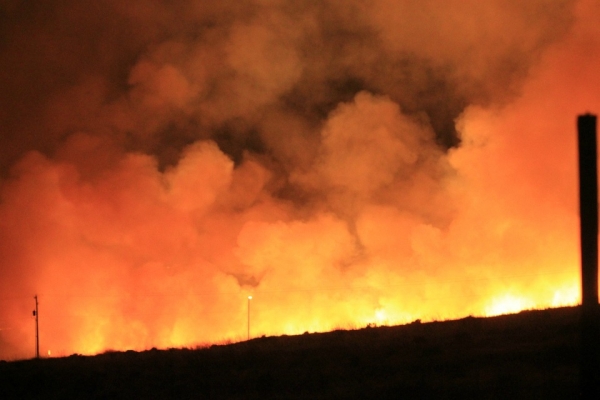Every year around this time, California’s wildland firefighters hold their breath as hot, dry winds threaten to spread flames across the state. As such conflagrations grow in size and severity throughout the Western U.S., the strain on fire managers has intensified. A new report from Stanford University’s Climate and Energy Policy Program provides a blueprint for fostering a more inclusive, diverse and well-supported workforce to meet the increasing need for fire mitigation and management.
“The wellbeing of the wildland fire workforce has received national attention, yet recruitment and retention challenges specific to women, people of color, and other underrepresented groups in the field has too often been overlooked,” said report coauthor Abigail Varney, a wildland fire fellow at the Stanford Doerr School of Sustainability and a federal wildland firefighter. “Expanding workforce capacity and effectiveness will require increased investment in more equitably supporting all of our firefighters.”
The report addresses the cultural, structural, and capacity-related barriers that have historically prevented a more diverse group of people from entering and succeeding in the fire management field. Overcoming these obstacles will be critical to attracting and retaining a workforce capable of addressing the wildfire crisis, the authors write.
Read more at: Stanford University
Photo Credit: ClassicallyPrinted via Pixabay
Health Sci/Tech Top Stories Climate

